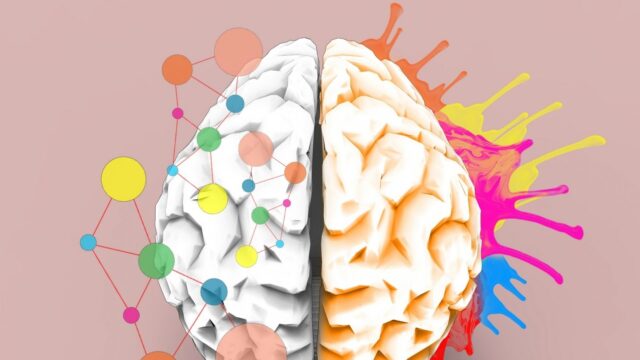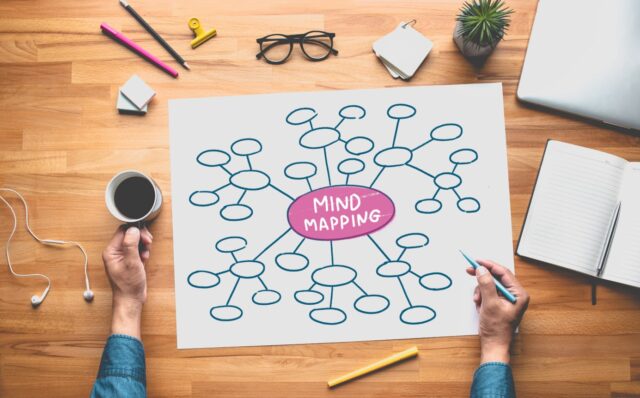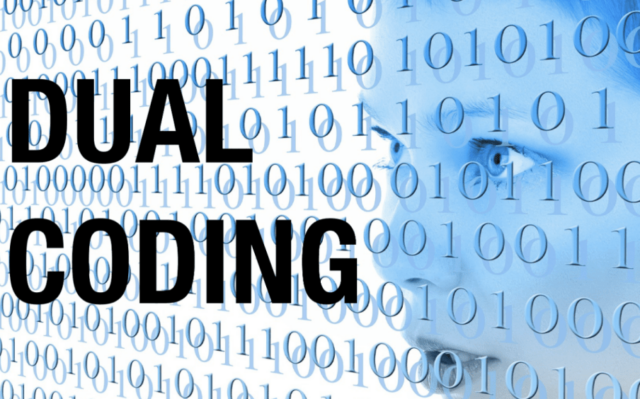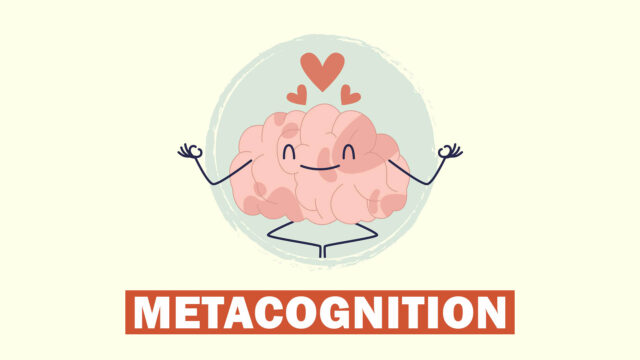
The pursuit of knowledge is a continuous journey, and the tools and methods we employ can make all the difference. One of the critical elements in learning is repetition. But not just any repetition – we are talking about strategic, purposeful repetition. We can label this as ‘Repetitive Excellence.’
In the context of a student, it provides a framework to learn more in less time and remember it for longer. Let’s delve into the techniques that allow students to learn exponentially using repetitive excellence. Another tool that can help students learn more effectively is Gizmo!
Brain and Repetition

Before diving into techniques, it’s crucial to understand why repetition works in the first place. Our brains are essentially wired to recognize patterns. When we encounter something repeatedly, neural pathways become stronger, leading to the formation of long-term memories.
- Spacing Effect: This psychological principle suggests that we remember information better when our study sessions are spread out over time. Think of it as watering a plant – consistent and regular watering yields better results than flooding it all at once.
- Forgetting Curve: Proposed by Hermann Ebbinghaus, this curve illustrates how memory retention decreases over time. The silver lining? Every time you review the material, the rate of forgetting slows down.
Knowing these principles, how can one harness repetitive excellence?
Spaced Repetition
This technique is rooted in the spacing effect. Here’s how to do it:
- Initial Review: Start with an overview of the material.
- First Repeat: After a day, revisit the content.
- Subsequent Reviews: Increase intervals between repetitions – three days, a week, a month.
Tools like Anki and Quizlet leverage spaced repetition, allowing students to review flashcards at optimal intervals.
Active Recall

Merely rereading notes isn’t the most efficient method. Instead, try to actively recall the information without looking at your notes.
- Question-Answer: Turn headings in your notes into questions. Attempt to answer them without peeking.
- Teach Someone: Explain a concept to someone else or even to yourself out loud. If you stumble, revisit the material.
The Feynman Technique
Named after the Nobel-prize winning physicist Richard Feynman, this technique is about simplifying concepts.
- Choose a Concept: Start with something you’re struggling with.
- Teach it to a Child: Explain the concept as if you were teaching it to a 12-year-old. This forces you to break down complex ideas.
- Identify Gaps: Where did you struggle? Dive deeper into those areas.
- Review and Simplify: Use simpler language and analogies.
Mind Mapping

Mind maps are visual representations of information, branching from a central idea.
- Central Idea: Place the main topic in the center.
- Branch Out: Draw lines for related ideas or chapters.
- Add Details: For each branch, add more specific points or concepts.
- Review: Use your mind map for a quick visual review.
Chunking
The human brain can hold 5-9 chunks of information in short-term memory. By grouping (or chunking) information, you can remember more.
- Group Related Information: E.g., if learning dates, cluster events from the same decade.
- Use Mnemonics: Acronyms or silly sentences can help remember lists.
Dual Coding

Combine words and visuals. This dual encoding helps the brain store information in two ways.
- Sketch Notes: While reading, doodle and draw.
- Infographics: Turn notes into visual graphics or flowcharts.
Interleaving
Instead of focusing on one topic for hours (blocking), mix up different subjects or topics (interleaving).
- Plan: If studying math, switch between algebra, calculus, and statistics.
- Test Yourself: After an interleaved session, quiz yourself to consolidate your understanding.
The Pomodoro Technique

Break your study sessions into chunks with scheduled breaks.
- Set a Timer: Typically, 25 minutes.
- Focus: Study with full concentration.
- Break: After the timer goes off, take a 5-minute break.
- Repeat: Every 4 sessions, take a longer break (15-30 minutes).
Making It Stick: Building Habits
Repetitive excellence isn’t just about the methods, but about consistency. Building habits can ensure these techniques become second nature.
- Routine: Set a fixed time daily for study.
- Environment: Choose a conducive space, free from distractions.
- Rewards: Give yourself incentives for following through.
- Accountability: Study with a group or tell someone about your goals.
Meta-Cognition (Thinking About Thinking)

Being aware of your thought processes can vastly improve comprehension and retention.
- Self-Questioning: Regularly ask yourself, “Do I understand this?”
- Reflect: After each study session, summarize what you’ve learned and how you learned it.
- Adjust: Identify which strategies are working and which are not, and tweak your approach accordingly.
Analogical Thinking
Relate new information to concepts you already understand.
- Find Similarities: For instance, if studying electricity, compare it to water flow which might be more intuitive.
- Bridge Gaps: Use analogies to help cement difficult concepts.
Elaborative Integration
Expand on the information given.
Ask How and Why: Instead of just memorizing a fact, ask why it’s true or how it came to be.
Build Stories: Weave information into a narrative or story; the brain loves narratives!
Peer Review and Group Study

There’s power in collective cognition.
- Teach and Be Taught: Exchange topics with a peer and teach each other.
- Group Discussions: They help in understanding diverse perspectives and filling knowledge gaps.
Mastery Learning
Focus on mastering a topic before moving to the next.
- Deep Dive: Don’t just get a surface understanding. Dive deep until you fully grasp a topic.
- Practice: Use problem-solving to cement understanding.
Growth Mindset
Developed by Dr. Carol Dweck, this mindset focuses on the belief that abilities and intelligence can be developed.
- Embrace Challenges: View them as opportunities to grow.
- Learn from Mistakes: Instead of getting discouraged, analyze errors and learn from them.
Real-World Application

Move beyond the books.
- Practical Projects: If you’re learning a language, try writing a short story or conversing with a native speaker.
- Field Trips: Experience your subject. History students can visit museums, biology students can explore nature.
Adapting and Overcoming
With the ever-evolving nature of education and the wealth of information available, it’s easy to get overwhelmed. But with the right toolkit, you can wade through the vast ocean of knowledge with finesse.
- Stay Updated: New learning techniques and tools are continually emerging. Keep an eye out.
- Customize: As reiterated, personalize your learning. Everyone’s brain works differently; find what’s optimal for you.
- Feedback Loop: Regularly take feedback, be it from peers, teachers, or self-assessment. Feedback can illuminate areas of improvement.
FAQs

What Is the Main Difference Between Repetitive Learning and Repetitive Excellence?
Repetitive learning implies simple repetition, often rote-based, without much strategy. Repetitive excellence, on the other hand, incorporates purposeful and strategic repetition to optimize understanding and long-term retention of knowledge.
How Does the Pomodoro Technique Enhance Focus and Productivity?
The Pomodoro Technique breaks study sessions into manageable chunks, usually 25 minutes, followed by short breaks. This approach helps maintain high levels of concentration, reduces mental fatigue, and promotes effective time management, resulting in enhanced productivity.
Can I Mix and Match Different Techniques Mentioned in The Article?
Absolutely! Every learner is unique, and it’s encouraged to tailor these techniques to your personal preferences. Combining methods can provide a comprehensive approach to studying, addressing various aspects of learning.
Why Is the Feynman Technique Effective in Simplifying Complex Ideas?
The Feynman Technique pushes you to explain concepts in layman’s terms, akin to teaching a young child. In doing so, you’re forced to distill complex ideas down to their essence, removing jargon and highlighting foundational principles, thereby promoting a deeper understanding.
How Often Should I Revisit Materials when Using Spaced Repetition?
Start by reviewing the content a day after the initial study session. Then, increase the intervals progressively—three days, a week, a month, etc. Using tools like Anki or Quizlet can help automate this process, providing reminders at optimal intervals.
Is the Growth Mindset Limited Only to Academic Pursuits?
No, the growth mindset, as conceptualized by Dr. Carol Dweck, applies to all areas of life. It’s the belief that abilities and intelligence can be developed through dedication and hard work. Whether in academics, sports, arts, or personal growth, embracing challenges and viewing failures as learning opportunities are at its core.
Final Thoughts

True learning is not a destination; it’s a journey. The techniques mentioned, from repetitive excellence to advanced strategies, are waypoints on this journey, guiding lights. Yet, it’s the passion for knowledge, the innate curiosity, and the sheer grit that propels one forward.
The landscape of education and the human brain’s understanding is ever-changing. Yet, some constants remain – the joy of a concept understood, the satisfaction of a problem solved, and the thrill of exploration.
By harnessing the techniques outlined, one can amplify these moments, making learning not just a task but a delightful endeavor worth cherishing.












